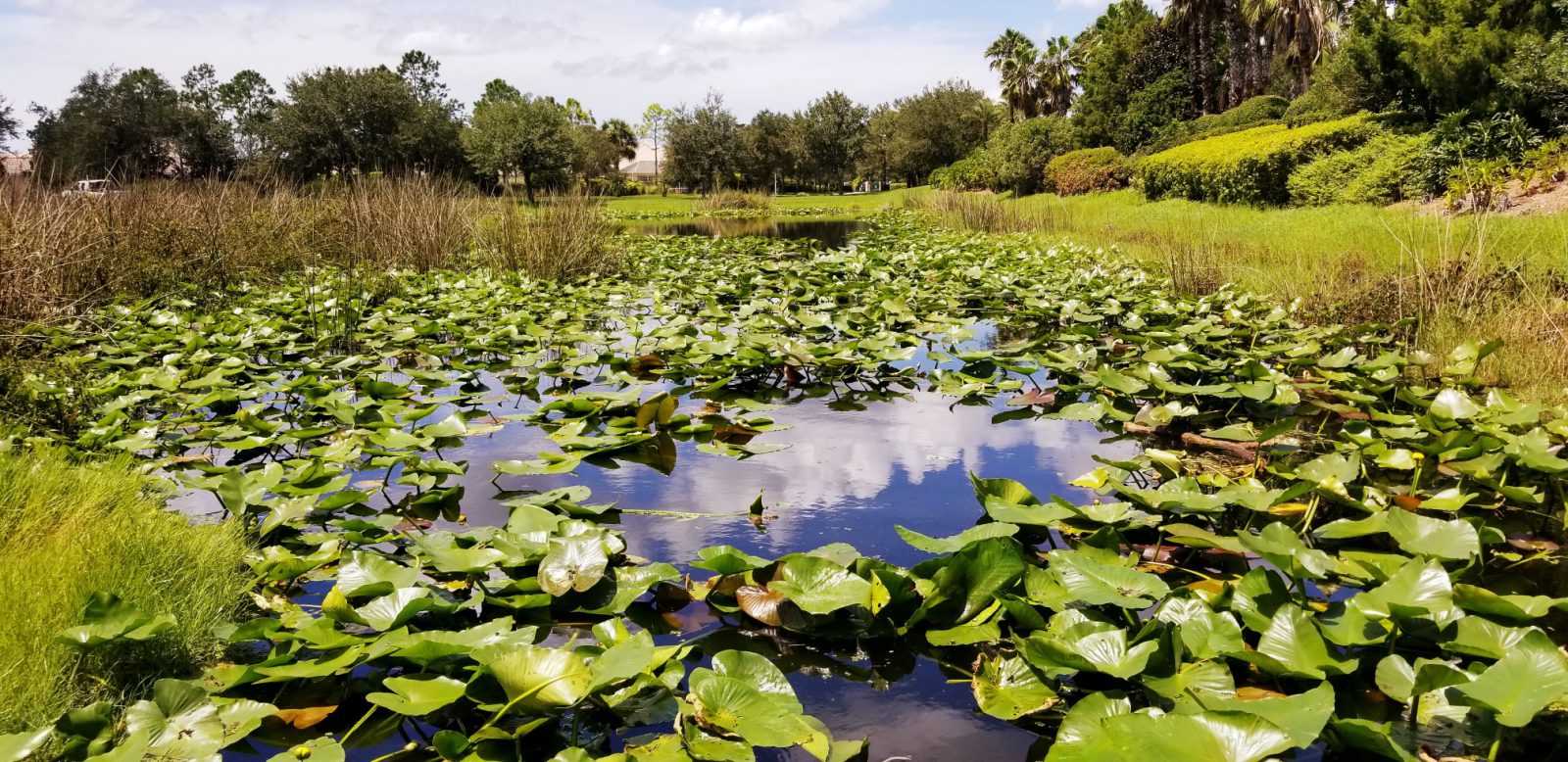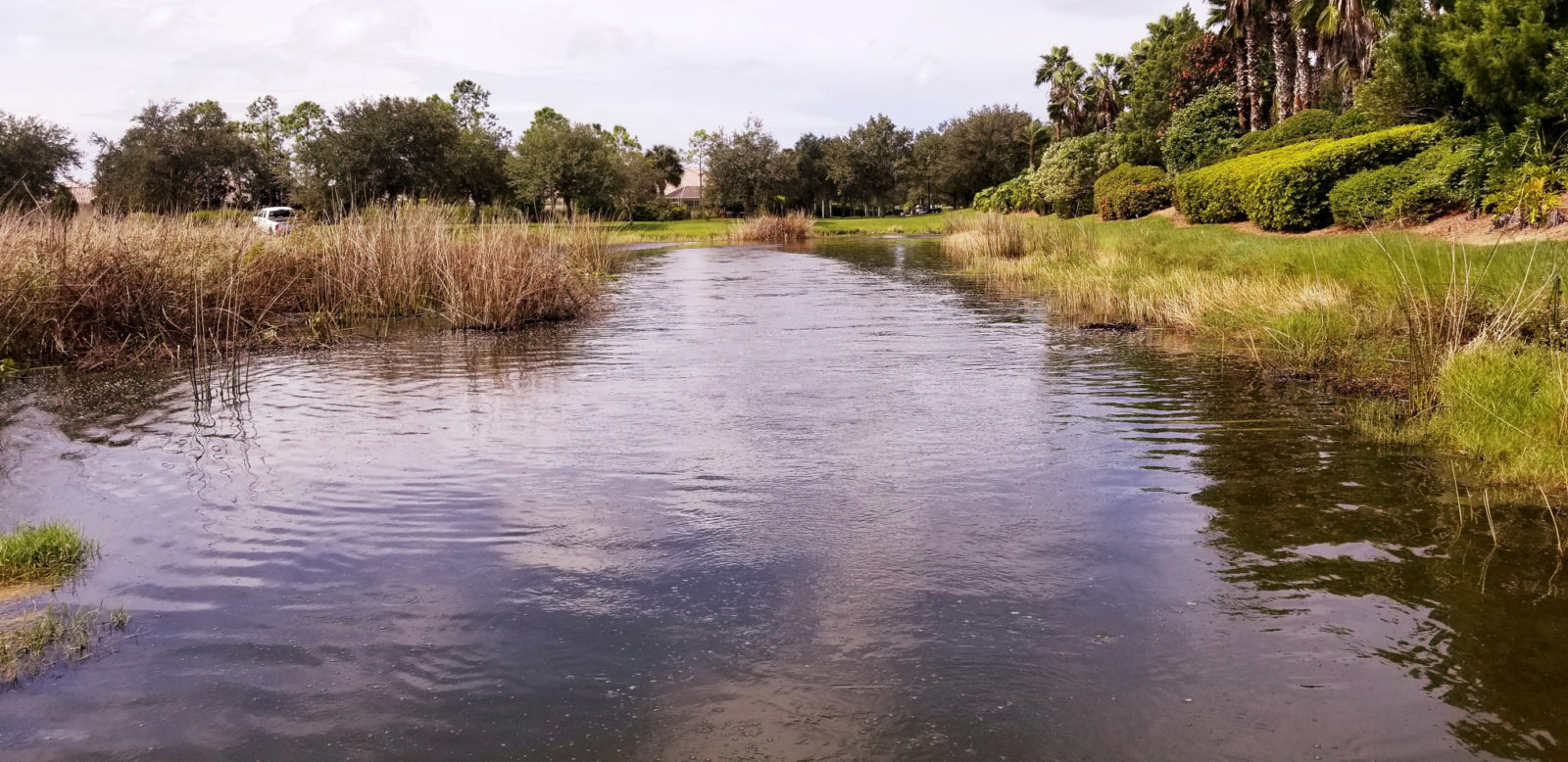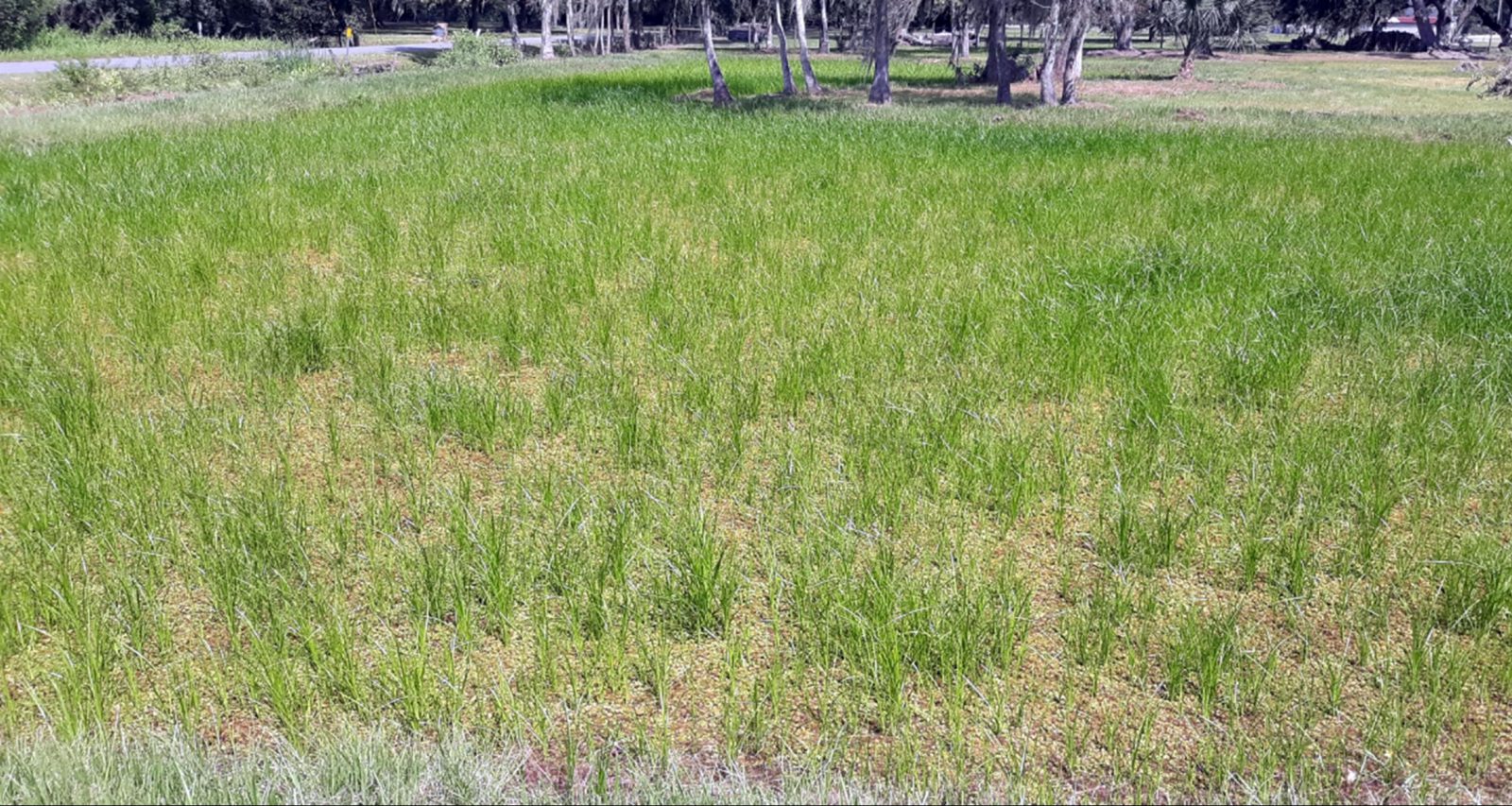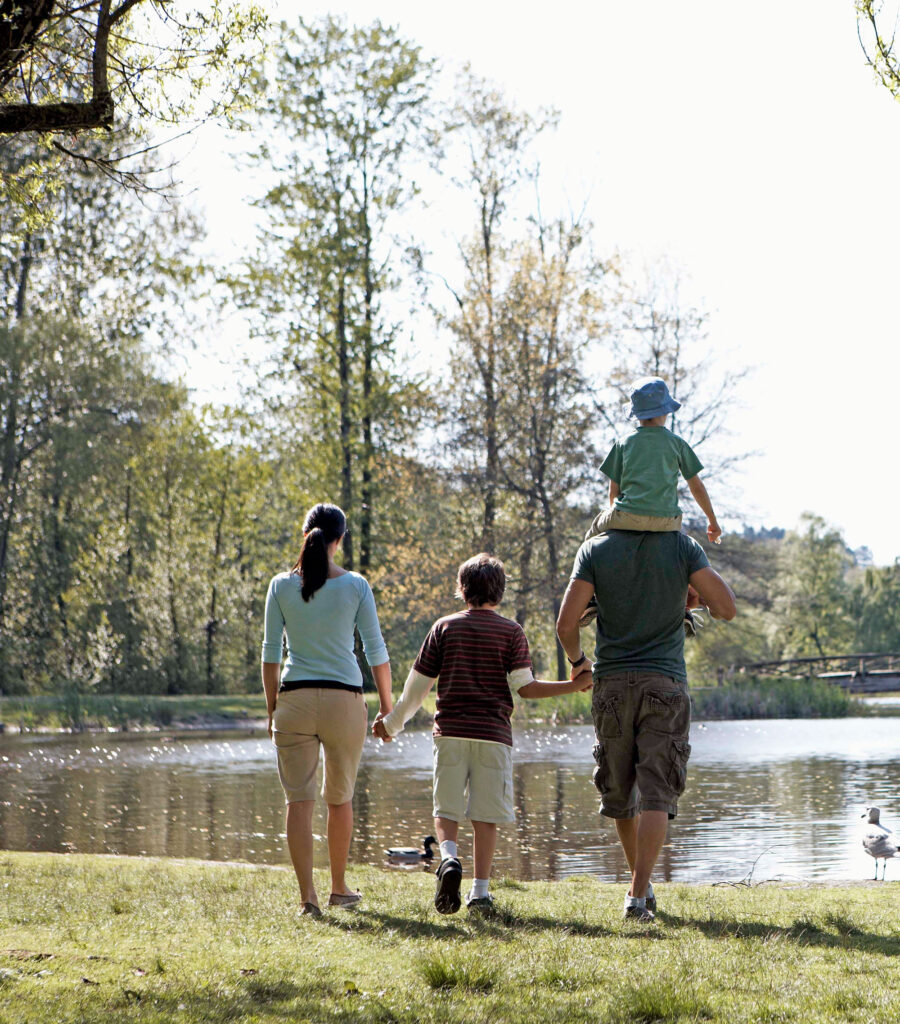
How to Get Rid of Pond Weeds
One of the most comment questions our aquatic specialists get asked is: “Hey, I have some weeds in my pond that have taken over in the past few years. What can I do to get rid of them?” It is a well-intentioned and welcome question, but often one which cannot be answered as quickly and simply as the inquirer expects. Aquatic weed control is a nuanced problem, and the best approach is usually influenced by many different variables.
What goes into building an aquatic weed control plan?
Lake and pond management professionals generally refrain from making recommendations until they have a chance to conduct an official aquatic weed survey. An onsite evaluation is the most direct, effective way to identify important physical factors within the waterbody, determine potential problem species, and consider the management goals of the property owner or community. Each of these variables is equally important in its own regard and requires a unique custom approach and management plan to effectively address.

Identifying Invasive Pond Weeds
When it comes to getting rid of pond weeds, lake managers typically begin by properly identifying the invasive species that is present, taking careful note of its physical characteristics. Proper identification removes the risk of using an ineffective control measure—a mistake that can result in a large loss of time and resources. Plant identification is sometimes a difficult task, requiring dichotomous keys, stereoscopes, and even lab tests. Once the species has been properly identified, we will consider its physical requirements in order to develop a multi-faceted management approach.
Aquatic Weed Control Options
Sustainable control of a problem species is the primary objective when developing a management plan. Lake management professionals utilize many products and services to eradicate undesirable invasive species. Some ponds can simply be managed through the application of nutrient remediation products such as Alum, Phoslock, or EutroSORB—or, biological control measures such as stocking triploid grass carp.
Others situations may call for extensive vegetation and sediment removal through hydro-raking or dredging. More established infestations may require the use of a new “reduced risk” herbicide alternative called ProcellaCOR, which is designed to only impact target species. Working with a professional who understands these options and how to best use them is the most efficient way to ensure the safe, thorough resolution of your aquatic weed issue.
Seeing Is Believing
- Aquatic Weed Control Results
- Aquatic Weed Control Results




Review Management Options with Stakeholders
While environmental balance and safety are of upmost importance, stakeholder goals are also at the forefront of our consideration when designing management programs. Just as no two waterbodies are the same, neither are stakeholder desires. A fishing and duck hunting pond owner will almost certainly have vastly different goals than a homeowners’ association with a five-acre pond within city limits. Each group has their own idea of what a perfect lake looks like. This is where communication becomes the key to reaching our client’s goals. We take the time to ask the right questions and allow the client to explain their vision. We communicate with our clients throughout the restoration process and beyond to ensure the heath, beauty and function of their waterbody continues to exceed their goals.
Water resources with multiple stakeholders present their own challenges. However, our team is experienced in communicating with multiple stakeholders to develop goals and strategies tailored to the interests of the entire group. Programs are designed to correct existing problems, improve the quality of the lake or pond to fit the group’s desires and provide through ongoing education. Community education within these settings is especially important, as each small action by individuals has a cumulative effect on the aquatic system as a whole.
Achieve Clean, Beautiful Water with the Right Management Approach
So, to answer the original question… it depends. We can solve your pond weed issues, but what are you looking to get out of your lake? Is it a family fishing pond for the grandkids to enjoy, or a lake serving 500 homeowners that enjoy everything from waterskiing to bass fishing? Once the right questions are asked, then we can then recommend an appropriate aquatic weed control plan and begin helping you reach the full potential of your waterbody.
Explore Pond Weed Management Solutions
Contact Our Experts Today
Complete this form or call us at 888-480-5253 for your lake, pond, wetland, and fisheries management needs.
SOLitude Lake Management is a nationwide environmental firm committed to providing sustainable solutions that improve water quality, enhance beauty, preserve natural resources and reduce our environmental footprint. SOLitude’s team of aquatic resource management professionals specializes in the development and execution of customized lake, stormwater pond, wetland and fisheries management programs that include water quality testing and restoration, nutrient remediation, algae and aquatic weed control, installation and maintenance of fountains and aeration systems, bathymetry, shoreline erosion restoration, mechanical harvesting and hydro-raking, lake vegetation studies, biological assessments, habitat evaluations, and invasive species management. Services and educational resources are available to clients nationwide, including homeowners associations, multi-family and apartment communities, golf courses, commercial developments, ranches, private landowners, reservoirs, recreational and public lakes, municipalities, drinking water authorities, parks, and state and federal agencies. SOLitude Lake Management is a proud member of the Rentokil family of companies in North America.











